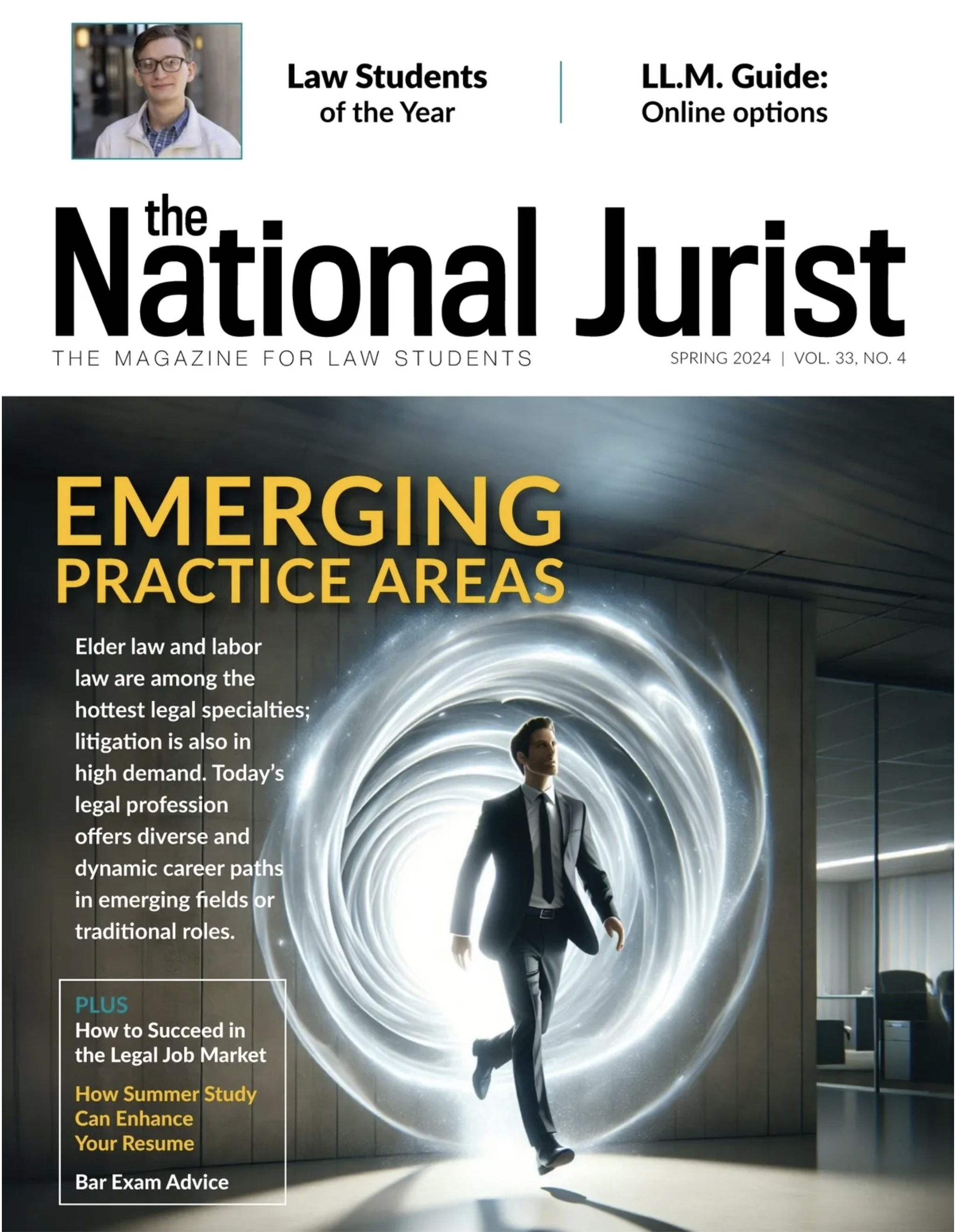A recent article here highlighted that top law schools are admitting fewer minority students while lower-ranked institutions are admitting more. These seemingly contrasting phenomena are, in fact, not surprising and reflect the varying primacy of concerns amongst law schools. Indeed, this bifurcated narrative mirrors the tier-based division in the legal-education world, wherein some schools endeavour to maintain their high academic profiles — while others struggle for financial security.
Law schools face the relatively new environment of a dramatic decrease in enrollment. This is a normal market response to the drop in available jobs for lawyers that resulted from two independent factors: (1) the over-half decade-old economic crash from which we’re slowly recovering, and (2) the fundamental change in how legal services are provided that reflects a permanent shift in employment opportunities for lawyers.
The result is the aforementioned seemingly paradoxical behavior that, when analyzed, is perfectly predictable from an economic perspective. Given the overall significant drop in applications, top law schools are concerned about maintaining, as much as possible, their objective academic profiles. While relative academic profiles should not dramatically change in a depressed economic environment, objective averages will inevitably fall.
That is, at best, the drop in applications is uniform across quality measures. In fact, evidence suggests a greater drop at the higher end, due to the availability of good information and suitable alternatives to that group — causing even greater dismay to first-tier law schools. So, as top schools struggle to maintain the quality of their student body, these institutions inevitably drop minority admissions, due to the mismatched average academic profiles of minority cohorts resulting from the unique outcome-driven competition that I’ve described here before.
While these high-level schools are strongly concerned about the quality of their admissions, lower-tiered schools generally are forced to focus more on survival. The drop in applications must (and does) cause a decrease in overall admissions somewhere, and that is, forseeably, at the bottom-tiered schools. The result is that low-level schools value comparatively less the quality of each seat holder as they do the mere presence thereof, with this phenomenon increasing as one travels down the tiers. Schools in the middle struggle with these competing forces.
Given the overall drop in applications but the greater relative availability of minority applications to lower-tiered schools caused by top schools eschewing these candidates, lower-level schools quite predictably have increased their admission of these now-available candidates. As I previously discussed in the context of the mismatch phenomenon, the result generally will be quite good for these students, as their profiles will better match their admitting schools. And for the schools that are admitting previously unavailable, well-matched students, they are increasing their likelihood of survival without altering their overall academic profile. That’s win-win. But a panacea it’s not.
The increased admissions by lower-tiered schools of these displaced minority applicants generally won’t sufficiently offset the overall drop in applications for many of these institutions. The result is decreased class sizes and increased admission of additional students not freed up from higher-ranked schools in an attempt to balance quality with survival.
The simple truth, however, is that several lower-tiered schools should contract, merge (as previously described by the National Jurist), or dissolve. Contraction can take many forms, but generally focuses on maximizing leverage by increasing the proportion of core courses with a higher student-faculty ratio and curtailing expensive narrow programs that involve few students per faculty member, such as travel-rich competitions.
Mergers will save on the single largest unnecessary expense to comparable but separate law schools: duplicative administrators. I suspect in today’s world of increasingly nominal faculty governance, however, this option will be under-used, even though the greatest recent growth in staffing has been at the management level. Organizational studies, and commonsense, teach us that displacing administrators through mergers is unlikely to be pursued by those subject to that very elimination, regardless of its value to the institution. So, when we see downsizing, we observe a more rapid decrease in untenured faculty and staff, rather than administrators. After all, it’s much easier to offer up a lamb for sacrifice when you’re not the lamb.
Although the final option, dissolution, reflects the market reality that there simply are too many law schools for the new legal environment, for the same reasons as discussed above — the primacy of self-preservation — this option will largely occur only when creditor action so demands.
Some in legal education might argue that none of these solutions apply, because schools should simply focus less on incoming-students’ academic profiles discussed herein. One seemingly happy consequence of such an approach would be far fewer constraints on admissions decisions. This view is misguided. Incoming metrics are solid predictors of ultimate law school completion and Bar passage — particularly at the extremes. Indeed, remarkably few in legal education reject the importance of grading while in law school. Somehow, though, there are those who seem to believe that while their assessments are scientific, the same by the LSDAS (which administers the LSAT) and undergraduate institutions are of little or modest value. It would be interesting to test the relationship between those challenging the value of students’ incoming metrics with how badly their institutions need student tuition to pay the bills.





